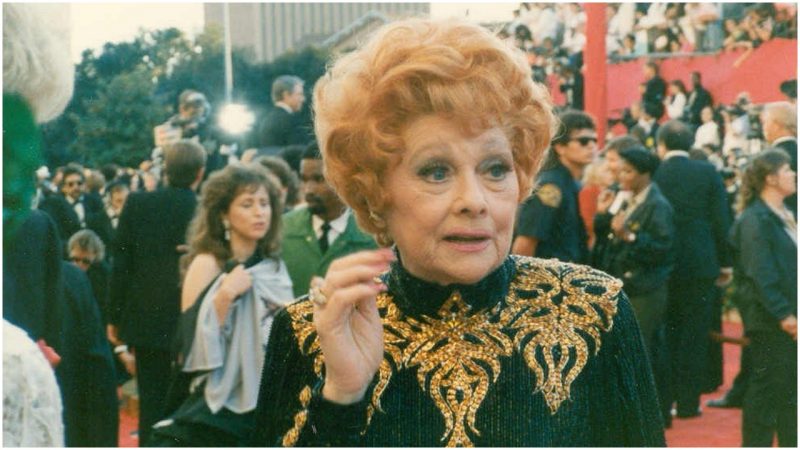I Love Lucy, which ran from October 1951 to May 1957, is widely considered one of the greatest television sitcoms of all time, and probably the most influential. Lucille Ball and Desi Arnaz, its married creators and costars, were known entertainers before the show aired, Ball as an actress and Arnaz as a bandleader, but I Love Lucy made them famous.
In four of its six original seasons, I Love Lucy was the most watched TV show in the United States. Shot live in front of a studio audience, it brought its creators Emmy Awards and critical acclaim.
In the 1950s, the Desilu Productions company that gave birth to I Love Lucy was co-owned by Desi Arnaz and Lucille Ball. The husband and wife team shared the stakes of the company up until 1962, and through this entire period, Desilu remained one of the largest independent U.S. television production companies. The couple divorced in 1960.
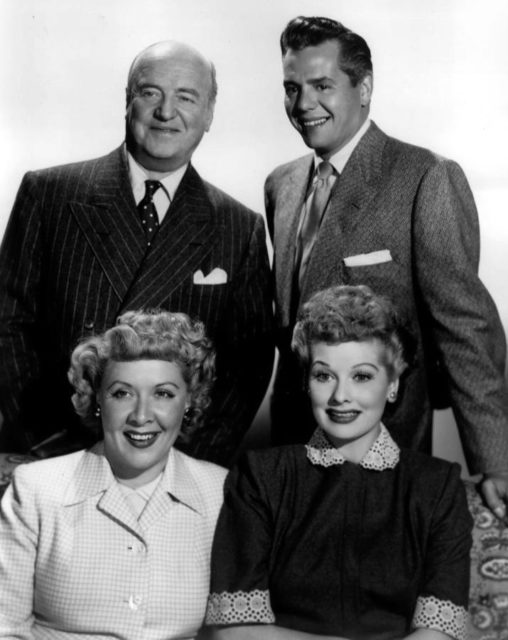
Much of the early success of Desilu Productions can be attributed to Arnaz’s unorthodox style of doing business while producing the hit show. Arnaz lacked any formal business education and initially knew almost nothing of things like amortization of costs, which is why I Love Lucy generated little income in its first year.
It was a time when the majority of television programs were being broadcast live, and the largest markets were situated in places like New York. The rest of the country received only images derived from kinescopes to follow through new episodes. Arnaz himself, working with Karl Freund, the man behind the camera on I Love Lucy, eventually managed to develop the standard production method for sitcoms. That was certainly one of the turning points in the business.
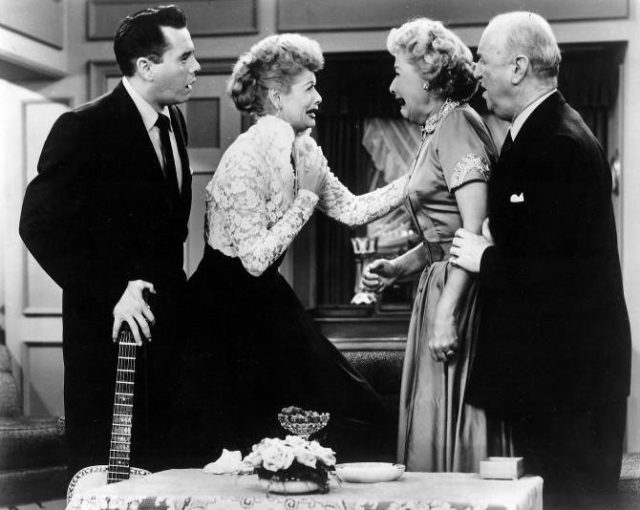
Arnaz and Freund developed the linked multi-film camera setup, making use of contiguous sets in front of the live audiences. They worked hard to manage the desired design of such a set that at the same time would allow the audience to be present, enabled the filming, and complied with safety standards.
While network executives had been generally reluctant to use film, Arnaz would be quick to persuade them to allow his company to take care of any additional production costs instead of broadcasting live. Arnaz also managed this under the condition that Desilu still owned and retained all copyrights to the film prints and negatives. It was win-win for everyone, as each station nationwide was able to broadcast the show in high-quality.
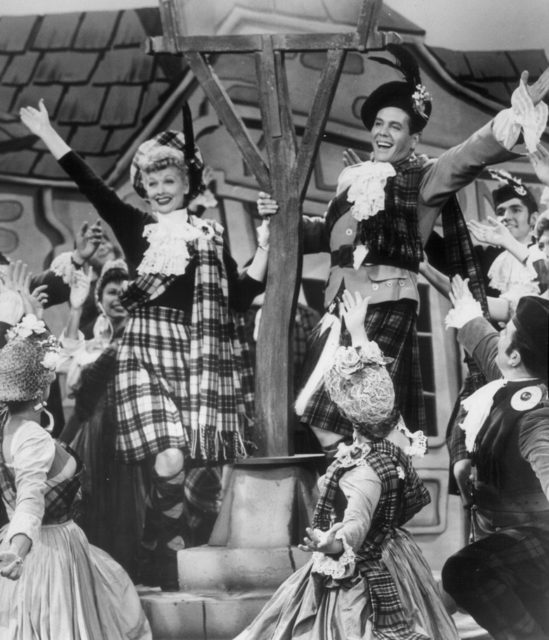
Arnaz was actually changing the face of TV production, and many would appraise his arrangement as one of the best deals in television history. If the first seasons did not generate much income, profits largely improved during the next ones.
In 1962, it was the turn of his ex-wife Lucille Ball to take charge, purchasing Arnaz’s part of the company shares. A woman who kick-started her career as a model back in 1929, Lucille Ball was changing television production history. She now became the first woman to run a major television studio alone. Moreover, she would make Desilu Productions increasingly profitable on her watch.
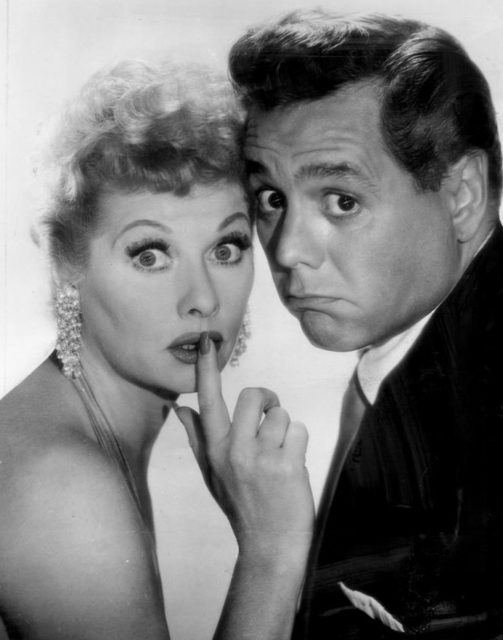
Up until 1962, Ball’s contribution to the company was more on the artistic side, but by then she had a well developed sense of profitable programming. She intuitively knew what would work with the broader audiences and importantly, what would not.
It was Lucille Ball who approved some genuinely outstanding production concepts, such as Star Trek, The Untouchables, and Mission Impossible.
She would normally assess each suggested project based on how the public would respond, taking into account potential in a program for long-term enjoyment among audiences. Unmistakably, the Star Trek original series, which premiered in 1966, is king of long-term enjoyment.
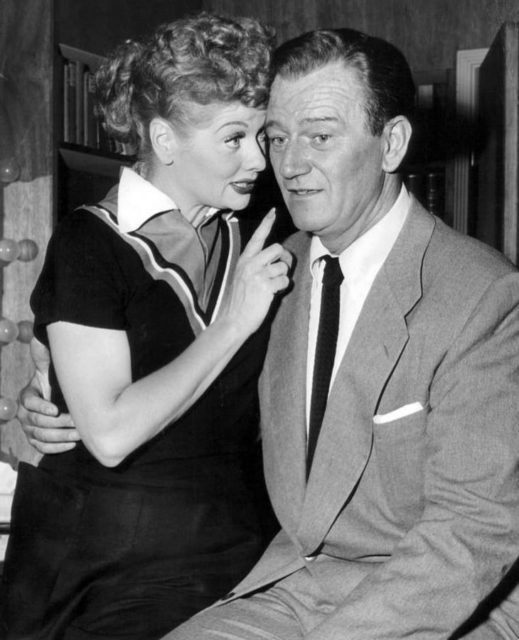
Just like I Love Lucy, Star Trek success was proved time and again, particularly after Star Trek: The Next Generation was launched in 1987. A couple of years later, the show producers were already working simultaneously on Deep Space Nine and Voyager. Currently, Star Trek fans are excited to see the new series reboot, Star Trek: Discovery.
Ball had successfully managed to make a profitable success with Desilu on her own by 1967. That same year, she sold her shares of Desilu to Gulf & Western/Paramount Studios for an astonishing $17 million. After the sale, the company’s new officials had Desilu renamed as Paramount Television.
For her part, Lucille Ball, as well as Arnaz, left quite a legacy and managed to change the face of television production forever, giving the world some of its favorite shows.
